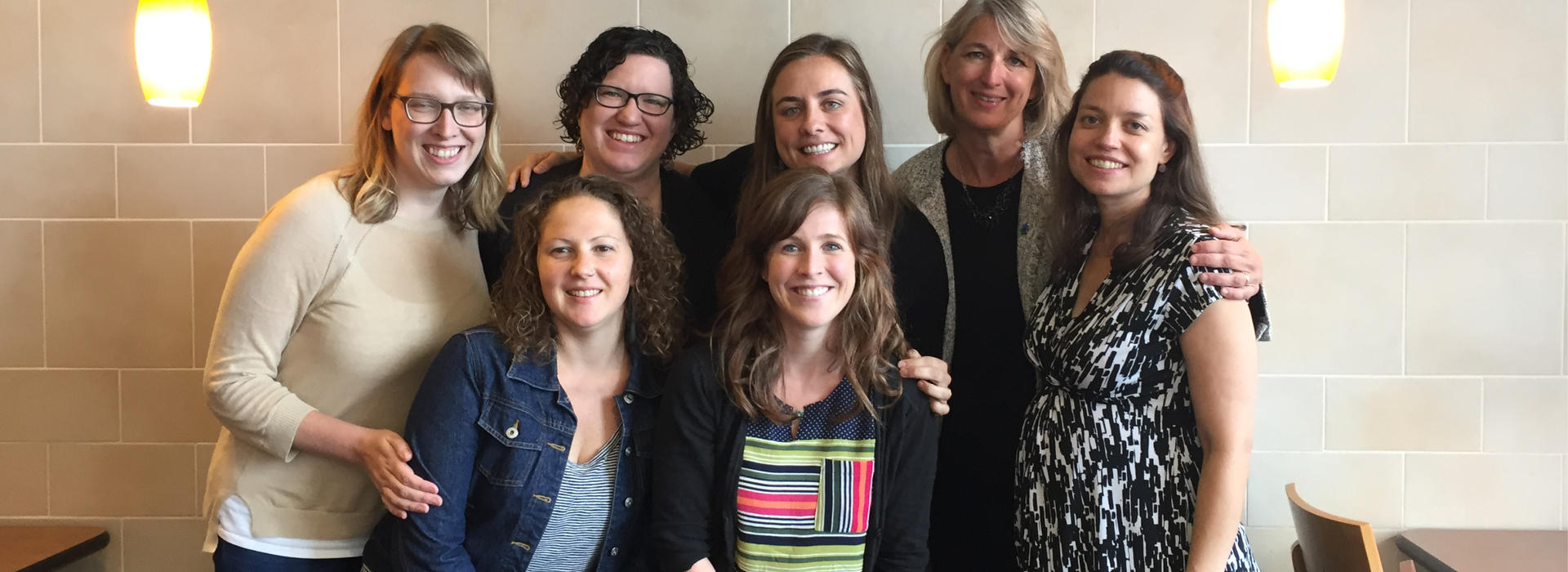
New Research Challenges Common Assumptions About People Who Use Food Shelves
MINNEAPOLIS, MN- July 31, 2018 - The first-ever statewide survey of Minnesota food-shelf users uncovered important information about a population whose voices are rarely represented in research.
A survey of 4,250 users from 188 food shelves revealed both a demand for healthier foods, such as fruits and vegetables, as well as confidence for cooking with these foods at home. This data challenges commonly held myths that low-resource individuals make unhealthy food choices or don’t know how to prepare healthy food.
Data also revealed the stark realities of living with food insecurity. While the majority of food shelf users have been using their food shelf once a month for a year or more - and almost half combine this resource with SNAP benefits - 67 percent still can’t afford the food they need to feed their family. About the same number are also struggling with chronic health conditions, most of which are impacted by the quality of food that is available.
The survey, which reached both rural and urban communities, was conducted by Hunger Solutions Minnesota and SuperShelf, an initiative led by a collaborative partnership that includes the University of Minnesota Extension and Department of Family Medicine and Community Health, Valley Outreach, The Food Group, and HealthPartners. SuperShelf aims to improve food shelves by creating a welcoming, grocery store-like environment, making the healthiest choice the easiest choice.
The number of people using food shelves is growing. In 2015, nearly thirteen percent of US households experienced food insecurity. Local research by Hunger Solutions shows that Minnesotans visited food shelves over 3.4 million times in 2017 – the highest number of visits in recorded history. Fifty-three percent of the clients who participated in the SuperShelf survey receive over half their food each month from food shelves.
“The role of food shelves has changed over the years, from providing emergency food support to filling a chronic need for food support. SNAP benefits, while helpful, often don’t cover the need. The goal of this work was to gather data from the clients themselves to understand the role that the food shelf currently plays in their lives,” says Caitlin Caspi, Assistant Professor in the University of Minnesota Medical School’s Department of Family Medicine and Community Health who is leading a 5-year evaluation of the SuperShelf initiative, funded by the National Institutes of Health.
SuperShelf’s recommendations based on the data include increasing the number of food clients can receive from food shelves, as well as the variety - to include meat, poultry and fish, fruits and vegetables, dairy, and items that will make home cooking easier, such as spices and oils. The general public can help by donating to local food shelves. Cash donations, in particular, allow food shelves to respond to local needs.
The team’s researchers are also in the process of doing a qualitative analysis of more than 2,000 stories from food shelf users that describe the lived experience of food insecurity, including the struggle of being unable to feed children. These stories will shine further light onto the ways that food shelves and hunger relief organizations can better meet the needs of the communities they serve. The initiative is working closely with food shelves across the state to use the results of the survey to transform the experience for clients. They plan on repeating the survey at least once more.
More information about SuperShelf’s work and a full infographic of the survey can be found at https://www.supershelfmn.org/.
About the University of Minnesota Medical School
The University of Minnesota Medical School is at the forefront of learning and discovery, transforming medical care and educating the next generation of physicians. Our graduates and faculty produce high-impact biomedical research and advance the practice of medicine. Visit med.umn.edu to learn how the University of Minnesota is innovating all aspects of medicine.